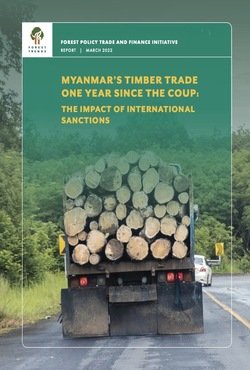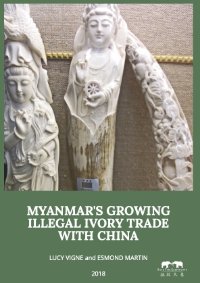By Forest Trends
On February 1st, 2021, the military launched a coup d'état against the newly re-elected government of Myanmar. Over the past year, the military junta has been accused of massive human rights violations, arresting more than 12,000 people, killing more than 1,500, and instigating a growing humanitarian crisis that has seen more than 400,000 internally displaced people (IDPs) (AAPP Burma 2022, UN News 2022). Compounding the impact of COVID-19, the military’s violence has destroyed Myanmar’s economy. Furthermore, the majority of society has engaged in a predominately non-violent Civil Disobedience Movement (CDM), including a boycott of companies with military links. Deprived of revenue, the junta has increasingly relied on revenue from natural resources to support their operations and their ongoing campaign to retain power, which has included escalation of armed conflict and attacks on civilians. While much international focus has been given to the revenues generated by the oil, gas, and mining sectors, the forest sector has in the past been an important source of revenue for Myanmar’s governments and entities associated with the military. This report reviews the timber sector’s role in the revenue now being generated for the current military regime.
Washington, DC: Forest Trends, 2022. 42p.





